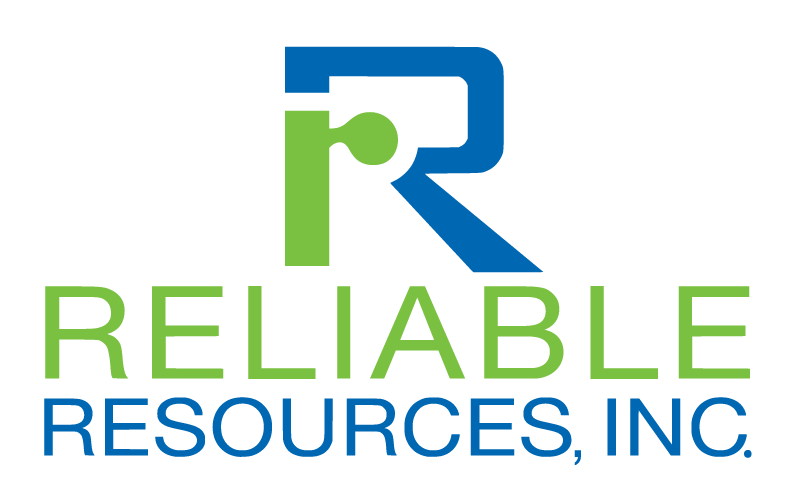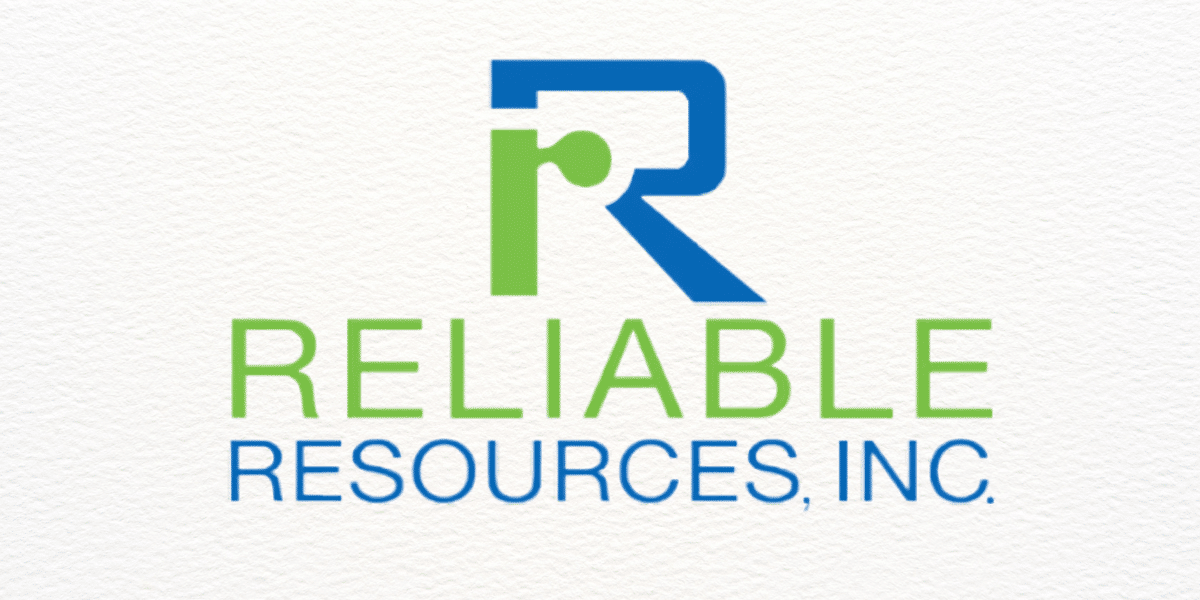The Invisible Health Risks of Industrial Work and How Your Company Can Prevent Them - Reliable Resources
It’s no secret there is a shortage of skilled workers in the industrial and manufacturing sectors. Despite good pay, today’s job market features thousands of vacant manufacturing jobs.
Part of the reason so many manufacturing jobs are going unfilled stems from high school and college students being unaware of manufacturing opportunities. Another contributor to the issues is unfair and dated stereotypes about manufacturing jobs, such as hard and unsafe working conditions.
While that may have been true decades ago, the reality is many of today’s industrial/manufacturing workplaces provide state-of-the-art facilities powered by the latest in technology, and a place where those with STEM (Science, Technology, Engineering, and Math) backgrounds can thrive.
The industry has made great strides in their efforts of dispelling these manufacturing workplace myths. The best way to continue to get the word out that manufacturing jobs have changed, is to place an increased focus on creating a safe work environment for current manufacturing employees. Due to the heavy machinery found in manufacturing, and the fast-paced nature of the industry, workplace safety can’t be stressed enough.
What are some invisible workplace hazards, and how can your company prevent them? We look at some here:
1. Repetitive Stress Injuries
Tendinitis, carpal tunnel, tingling, and numbness – these are signs of repetitive stress injuries.
How to prevent: Does the employee have an ergonomically correct work station? Can you view their routine/habits and physical movement? Can you teach a new or different way for this employee to do the job? Something as simple as ergonomic mats on a production floor, for example, can eliminate say, sore feet, shin splints, or sore knees and keep your workforce healthy and productive.
2. Back Injuries
Heavy lifting is a backbreaker. Literally. While many companies have limits on how much a person can lift (usually 50 pounds), some jobs see people lifting heavier items on a regular basis. A single instance of lifting something that’s too heavy can cause a back injury for an employee.
How to prevent: The saying “lift with the legs” is true. Showing employee’s proper form, practicing that form, and practicing lifting light objects should be part of an employee training/safety program. Emphasize two-person lifts when needed, and point out when one should ask for assistance or other resources available to lift heavy objects. Safety posters outline proper lifting techniques should be present throughout the facility. Continually focus on safe lifting techniques to avoid/reduce back injuries from heavy lifting.
3. Dirty Air, Bacteria or Mold
Workers may do everything right physically, but if the workplace has mold, bacteria, or other pollutants, employers are going to be affected. According to OSHA “Poor indoor air quality (IAQ) has been tied to symptoms like headaches, fatigue, trouble concentrating, and irritation of the eyes, nose, throat and lungs. Also, some specific diseases have been linked to specific air contaminants or indoor environments, like asthma with damp indoor environments. In addition, some exposures, such as asbestos and radon, do not cause immediate symptoms but can lead to cancer after many years.”
How to prevent: Ensure the facility has proper ventilation and keep humidity levels low. Also, make sure your HVAC systems are working properly. Make sure air filters are changed regularly throughout the building (every 3 months is the standard recommendation), and make sure the HVAC system is inspected and serviced at least twice a year. Be sure there are no exposed chemicals that employees breathe in, check and recheck these elements regularly.
4. Mental Stress
Long hours, a demanding boss, a tight deadline, working overtime, and stress in one’s personal life all adds up. It can become mentally draining. This is true for those working white collar or blue collar jobs. Stress is everywhere and in every job. And it drains workers and saps productivity every day.
How to prevent: Employers can start by providing resources such as employee assistance programs, where people can reach out for help. Employers can encourage employees to live a healthy lifestyle, eat right, and exercise. Some employers even offer group fitness on site at their production facility, or at a local fitness center, for their employees. Some put a basketball hoop in the parking lot, so employees can play on break or after work. Others offer reduced health care premiums for working out a certain amount each month. Try to limit the number of sugar-rich snacks and sodas available in the break room and instead provide healthier options. Encourage employees to take vacation, time off, and get away from work. Emphasize work-life balance.
5. Shift-Work Disorder
According to the National Sleep Foundation (NSF), those who work overnights, or rotating shifts, often “find there is not enough time between each shift to sleep and spend time with their friends or families before they have to get ready for their next shift.”
How to prevent: According to the NSF “a work environment that is cool and bright helps shift workers stay alert on the job. Exposure to bright light or sunlight (if the sun is still up), especially in the first half of a shift, can help improve alertness. Bright light does not need to be continuous; even 20-30 minutes of bright light at a workstation can help. Workers should be able to stand up, stretch or walk periodically to get some exercise, and avoid long periods sitting in one place.”
Another tip would be to allow employers ample time off after working rotating shifts, especially the night shift, so they can try and rest and recover before starting the next shift change.












